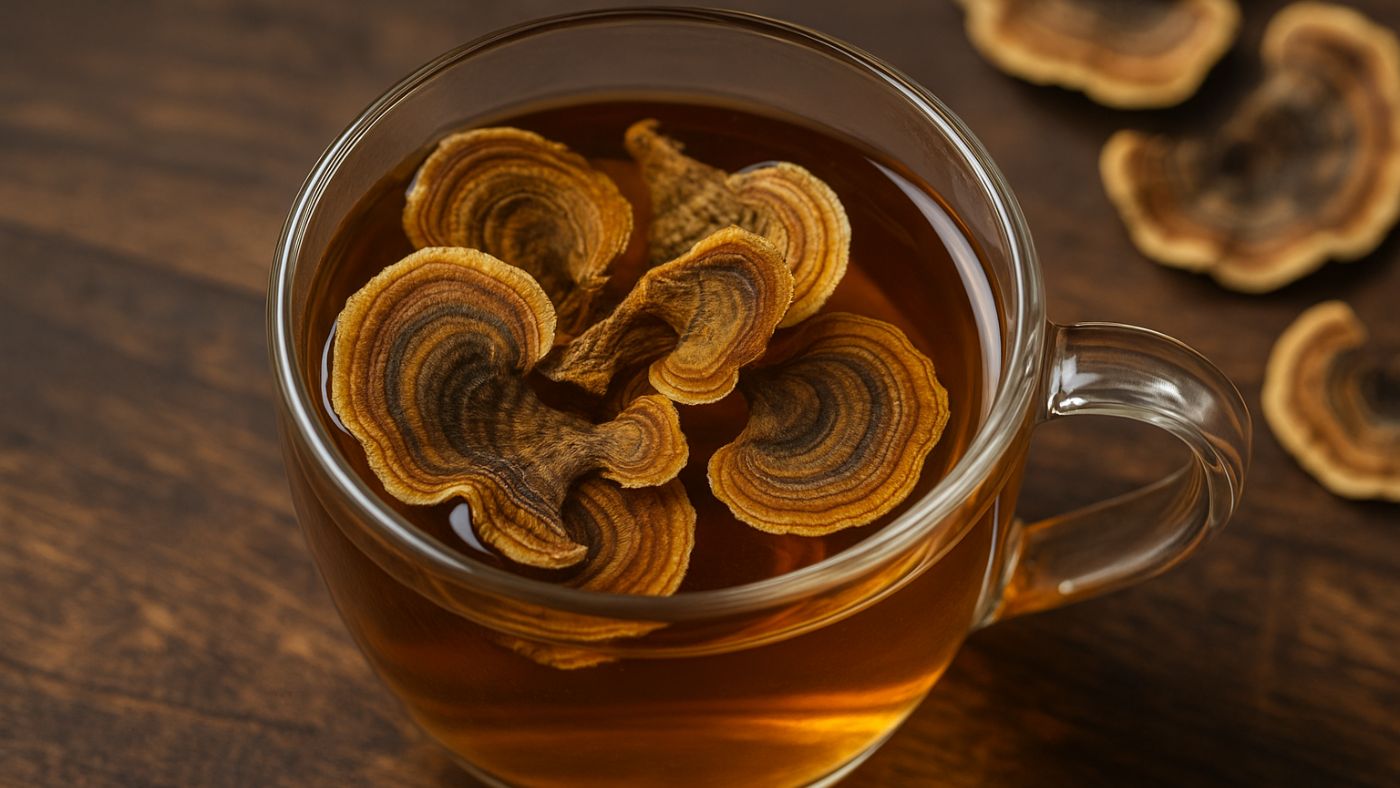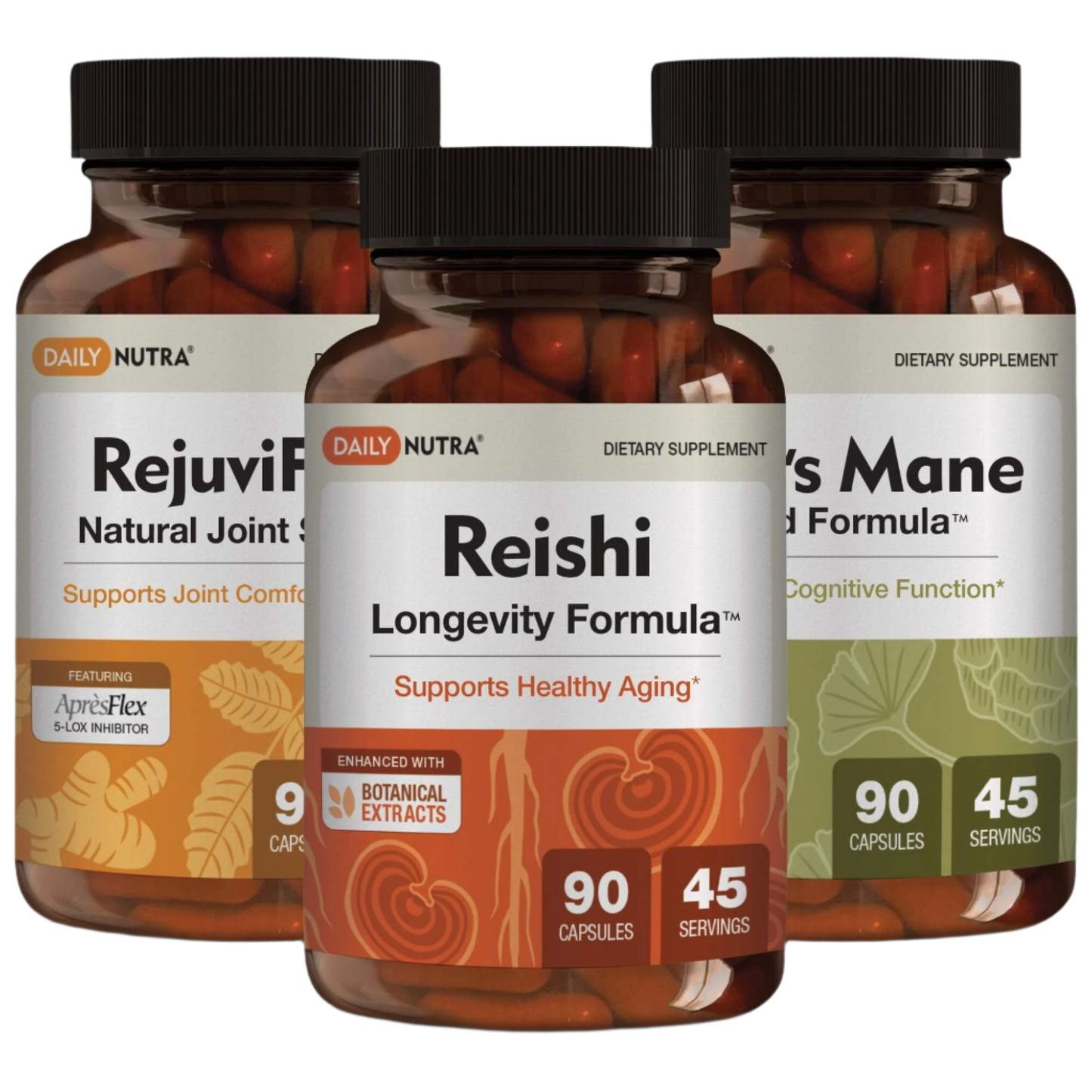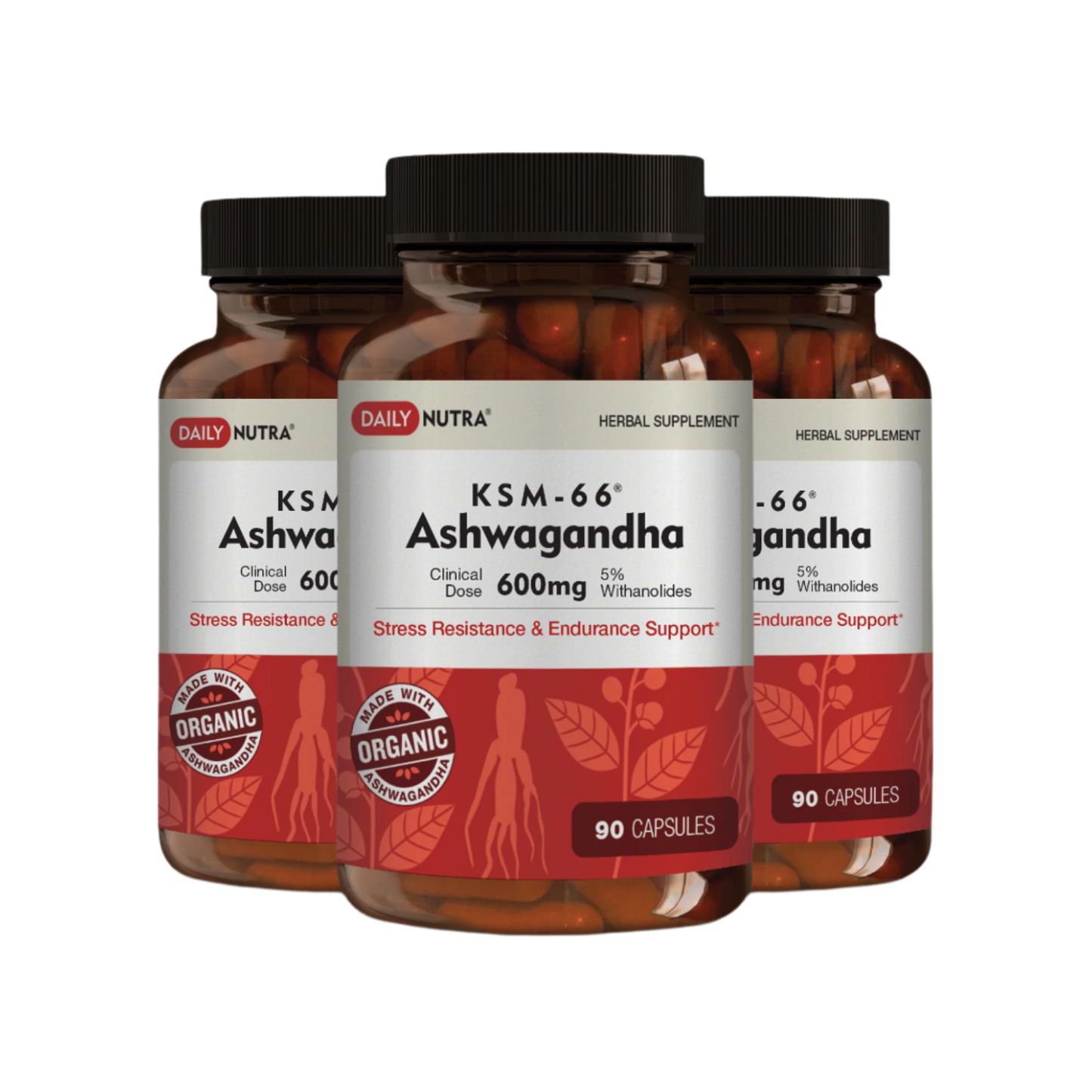
Turkey tail mushrooms are more than just a striking addition to the forest floor.
They’ve become a staple in wellness circles and holistic healing for their powerful health benefits.
But one question often stumps first-timers and mushroom enthusiasts alike.
What do turkey tail mushrooms taste like?
The answer lies in understanding both the physical structure of this mushroom and the methods used to consume it.
What Is a Turkey Tail Mushroom?
Turkey tail mushrooms, scientifically known as Trametes versicolor, are polypore fungi.
They grow in layered, fan-shaped patterns on decaying wood, often resembling the fanned-out feathers of a wild turkey.
These fungi are found all over the world, from the forests of North America to the woodlands of Asia.
Breaking Down the Turkey Tail Mushroom Taste
Despite their stunning appearance, turkey tail mushrooms are not known for a rich culinary profile.
Their taste is subtle, earthy, and often described as slightly bitter.
Some describe it as a woody flavor, with mild umami undertones that linger on the palate.
It lacks the strong, savory notes of shiitake or the buttery flavor of lion’s mane.
Instead, the turkey tail mushroom taste is more reminiscent of damp forest floor and bark.
What About the Texture?
The texture adds another layer to the experience.
Unlike the soft, fleshy mushrooms you might sauté, turkey tail is tough, leathery, and fibrous.
It’s not the kind of mushroom you dice up and throw into a stir-fry.
How Is It Usually Consumed?
Instead, it’s most commonly consumed as a tea or extract.
This is where taste truly comes into play.
When steeped in hot water, turkey tail mushrooms release their earthy essence into the brew.
The resulting tea has a deep brown color and a flavor profile that some find grounding, while others might consider bland or bitter.
How Do People Improve the Taste?
To soften its taste, it’s often paired with lemon, ginger, or honey.
These additions don’t just enhance the taste—they can also amplify absorption of active compounds like beta-glucans.
What Do Real People Say?
A growing number of users on Reddit and mushroom forums describe the flavor as “tolerable” or “neutral.”
This is important because the taste alone doesn’t always make it enjoyable, but the potential health perks motivate consumers to return for more.
One user wrote that it “tastes like old leaves soaked in tea water,” while another called it “like bark soup, but in a good way.”
Variability in Flavor Experience
Palates differ, and so does the experience of taste, especially with something as unique as turkey tail.
Some report a slightly sweet finish when the tea is simmered long enough.
Others experience a dry, tannic aftertaste—comparable to over-steeped black tea.
Alternative Forms and Culinary Use
In its powdered form, turkey tail can be added to smoothies, bone broths, or even capsules for flavor-free intake.
However, when used in cooking, it’s usually not for flavor, but for function.
You won’t see it used like portobello or enoki in culinary dishes.
Still, the medicinal value is undeniable, and taste becomes secondary to its immune-boosting reputation (4).
Taste vs. Function: Is It Worth It?
It is this very dichotomy—mild yet medicinal—that has sparked debate on whether turkey tail is “worth the taste.”
Its popularity in wellness routines shows that for many, the answer is yes.
But flavor alone won’t sell this fungus.
Understanding how it’s consumed is the next crucial piece.
Let’s explore how preparation impacts the turkey tail mushroom taste—and what you can do to make it more enjoyable.
How to Prepare Turkey Tail Mushrooms for Better Taste
The turkey tail mushroom taste can shift depending on how it's prepared.
Raw turkey tail is almost never consumed due to its dense, woody texture.
Instead, the most common method of preparation is brewing it into a tea.
To make turkey tail tea, dried mushrooms are simmered in hot water for 30 minutes to 2 hours.
This extended brew time helps extract beneficial polysaccharides like beta-glucans.
It also softens the earthy bitterness and releases subtle, nutty notes.
Adding a squeeze of lemon or a slice of ginger can brighten the flavor profile.
Some users prefer adding cinnamon or honey for warmth and sweetness.
The longer the simmer, the deeper and richer the flavor.
Some liken it to herbal tea with a rustic forest twist.
Powdered turkey tail offers another route.
You can stir it into warm beverages like lattes, smoothies, or protein shakes.
This reduces the need to endure the tough texture and gives you better control over taste masking.
Capsules are ideal for people who want the health benefits without tasting the mushroom at all.
Still, for purists, the traditional tea holds cultural and ritualistic value.
It’s a mindful practice—an earthy experience that connects drinkers to nature and tradition.
Cooking with Turkey Tail: Culinary or Medicinal?
If you're wondering whether you can cook turkey tail mushrooms like other fungi, the answer is: not really.
They’re too tough for most cooking methods.
Sautéing or roasting them won’t soften their leathery consistency.
That said, turkey tail powder can be added to broths, soups, and stews.
It blends well with miso, bone broth, and other earthy base flavors.
Some chefs even experiment by grinding dried turkey tail into a seasoning powder.
While it doesn’t add bold flavor, it contributes subtle umami and nutritional depth.
You can infuse it into sauces or simmer it in stock for hours before straining it out.
The key is to treat it more like a medicinal herb than a culinary ingredient.
It's functional food, not flavorful centerpiece.
Still, those who master its use can create deeply nourishing dishes.
The turkey tail mushroom taste in this context becomes background music—earthy, grounding, quiet.
Turkey Tail vs. Lion’s Mane: Which Tastes Better?
When comparing medicinal mushrooms, lion’s mane and turkey tail are frequent contenders.
Lion’s mane is often praised for its seafood-like flavor and tender texture.
It has a meaty bite that works well in stir-fries, crab cake substitutes, and vegan sliders.
Turkey tail, in contrast, is much less appealing in texture and taste.
It’s earthy, leathery, and better suited for brewing than biting.
In terms of palatability, lion’s mane usually wins.
But flavor isn’t the only comparison.
Lion’s mane supports brain function and neurJogenesis.
Turkey tail is famed for its immune-enhancing and gut-supporting properties.
Both have value, but their uses—and tastes—differ dramatically.
Some enthusiasts consume both regularly, alternating depending on their health goals.
In a taste test, lion’s mane is more versatile and enjoyable.
But turkey tail makes up for it with its health credentials.
The smart move might be to blend both in teas or supplements, optimizing both taste and benefits.
![]() What Is Turkey Tail Mushroom Best For?
What Is Turkey Tail Mushroom Best For?
The turkey tail mushroom is primarily valued for its medicinal effects.
It’s rich in polysaccharopeptides like PSK and PSP, which support immune modulation (1).
It’s often used as a complementary therapy for cancer patients (2).
Studies have shown it may improve gut flora and help the body respond better to infections (3).
None of these benefits are directly linked to taste—but they explain why so many people drink turkey tail tea daily despite its flavor.
This functional reputation adds weight to the phrase “worth acquiring the taste.”

Final Thoughts
Turkey tail mushrooms may not win any gourmet awards, but they hold their own in the world of functional food.
Their flavor is subtle, grounding, and sometimes bitter.
But their benefits are robust, scientifically supported, and deeply respected.
For those chasing wellness, the turkey tail mushroom taste is a small tradeoff for big gains.
It’s not about indulgence—it’s about intention.
And for many, that’s a taste worth acquiring.
Buy a Turkey Tail supplement at Daily Nutra.
FAQs About Turkey Tail Mushroom Taste and Use
Are Turkey Tails Tasty?
Taste is subjective, but most people would describe them as earthy, mild, and slightly bitter.
Not exactly delicious—but not offensive either.
How Do You Make Turkey Tail Tea Taste Better?
Try adding citrus, spices, or natural sweeteners like honey.
Simmer longer for richer flavor or blend with other herbs like peppermint or lemon balm.
Is Turkey Tail Mushroom FDA Approved?
While turkey tail isn’t FDA-approved as a drug, it is legal and available as a dietary supplement.
Its compounds like PSK are approved for medical use in some countries like Japan.
Who Should Not Take Turkey Tail Mushroom?
People with mushroom allergies or immune disorders should consult a doctor before using it.
Those undergoing chemotherapy or immunotherapy should check for potential interactions.
Related Studies
1. Title: Phase 1 Dose-Escalation Trial of Trametes versicolor in Women with Breast Cancer
Summary: A 2021 study published in Cognitive Vitality Reports found that PSK from turkey tail mushrooms increased CD8+ T cells and CD19+ B cells in breast cancer patients, indicating immunostimulatory effects. The trial also noted dose-dependent improvements in natural killer (NK) cell activity at 6 g/day.
Link: https://www.alzdiscovery.org/uploads/cognitive_vitality_media/Turkey_Tail_Mushrooms.pd
2. Title: Systematic Review of Trametes versicolor in Lung Cancer Patients
Summary: A 2021 systematic review of 28 studies (including 6 RCTs) reported that PSK (3 g/day) improved immune markers (e.g., white blood cell counts, CD4+ T cells) and reduced chemotherapy-related bone marrow suppression in Stage 3 lung cancer patients. Survival benefits were inconsistent in advanced stages.
Link: https://www.alzdiscovery.org/uploads/cognitive_vitality_media/Turkey_Tail_Mushrooms.pd
3. Title: Effects of Polysaccharopeptide from Trametes versicolor on Human Gut Microbiome
Summary: A 2014 RCT in PubMed demonstrated that PSP acted as a prebiotic, increasing beneficial microbial diversity and reducing Escherichia/Shigella strains. These changes persisted post-treatment, suggesting gut microbiome modulation.
Link: https://pubmed.ncbi.nlm.nih.gov/25006989/
DOI: 10.1186/1471-2180-14-183
4. Title: Retrospective Study on PSK in Gastric Cancer Patients
Summary: A 2023 study in PMC showed PSK increased NK and NKT cell activity in PD-L1-negative gastric cancer patients, improving survival outcomes. Immune modulation was stage-dependent, with no significant effects in PD-L1-positive patients.
Link: https://pmc.ncbi.nlm.nih.gov/articles/PMC10183216/





